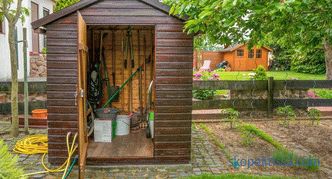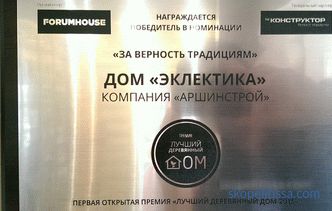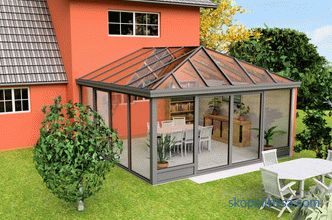Gasification of the “rural” locality, unfortunately, lags behind the pace of suburban construction. And even for suburban residents of administrative centers, the question of what kind of heating in a private house is the most economical, if there is no gas, sounds relevant. Taking into account the prices of energy carriers in the domestic market, the cost of a kilowatt of thermal energy is as follows: the second place is solid fuel, the third is liquefied gas, the fourth is liquid fuel, and the last is electricity. But in this hierarchy is not so simple. What is still to heat the house if there is no gas.
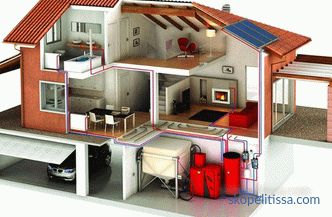
There are different options for heating a country house without gas, each of them is worth individual attention.
Solid fuel
Not so long ago, solid fuel had no competitors. Initially, firewood, and then coal, were the main species. Of course, they also burned peat, straw, and even manure, but, as now, it was “local” fuel that was not widely used.
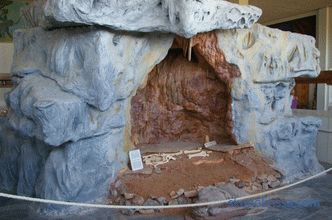
With the beginning of the “gas age” of heating, firewood and coal were relegated to the background , but still remain in demand. Moreover, their prospects are “bright”, since the proven reserves of coal are much more than gas, and firewood and wood fuel belong to renewable energy sources. The only difference today is that in the past, only stoves or fireplaces were used to heat the house, and now the main source of heat is considered to be a boiler. Although there are exceptions.
Furnaces
They are found now, especially if we are talking about a small country house or a summer house. The main advantage is absolute energy independence. Therefore, they are used when it is necessary to provide heating for a private house without gas and electricity.
According to the purpose of the furnace are heating and heating and cooking. The first option includes a Russian stove and a Swede, the second is a Dutch woman and a classic fireplace.
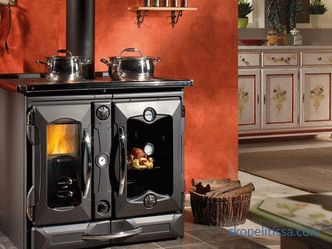
Their efficiency depends largely on the design of the chimney system, of which there are three types:
-
In-line. The chimney has a minimum number of knees in the direction from the furnace to the pipe. This category includes classic open fireplaces and Russian stoves. The radiator of heat is the body and part of the chimney that passes in the room or inside the wall. By the way, thanks to the special device and massiveness, the Russian stove is considered one of the most efficient. And the traditional fireplace has the lowest efficiency. And in modern reality, it is rather a decor or a means of relaxation when contemplating an open flame, than a full-fledged heater.
-
Channel. Combustion products are discharged through a system of channels that pass inside the furnace body, which not only radiates, but also accumulates heat. This type of "Dutch". It, like the Russian stove, warms up for a long time, but also cools for a long time.
-
Bell caps. Hot gases first rise into the “cap”, where they give off some of the heat, cool down, descend along the cap walls and through the “spin-up” are pulled into the chimney.
In addition to energy independence, the dignity of classic stoves in their "omnivorous" in relation to solid fuels. Firewood, coal, peat, briquettes - all that can be folded in the furnace with his hands and set on fire. Moreover, unpretentiousness extends to the ash content of coal and the moisture content of firewood.
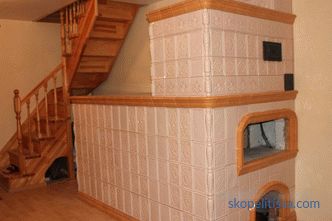
Disadvantages are no less significant than the advantages:
-
radiation transfer of heat energy - a house heats up with one furnace, where the entire living area is in one or two adjacent rooms;
-
labor-intensive maintenance - frequent fuel injection and cleaning;
-
low efficiency (average efficiency about 20%) - the fuel does not burn through completely and most of the heat “flies into the pipe” along with the smoke;
-
complex construction "Manufacture, which only an experienced master can perform.
These drawbacks are not present in modern solid fuel boilers and factory fireplace inserts.
On our site you can find contacts of construction companies that offer home insulation services. Directly to communicate with representatives, you can visit the exhibition of houses "Low-rise Country".
Solid fuel boilers
Another not the worst option than to heat a house. Modern solid fuel boilers have an efficiency of 80-95%.That is, the best models in terms of operating efficiency are at the level of gas boilers, and only three economic factors “throw” them into second place:
-
higher cost of heat carrier in terms of kilowatt of thermal energy; 2>
-
higher cost of equipment;
-
"present" maintenance costs (costs for transport, fuel storage and disposal of solid residues).
If we talk about the cost, then in the Moscow Region it is about one and a half times more expensive than gas to heat with wood - about 90 kopecks. per kilowatt versus 53 kopecks (on tariffs for natural gas for the second half of 2017, subject to the availability of metering devices).
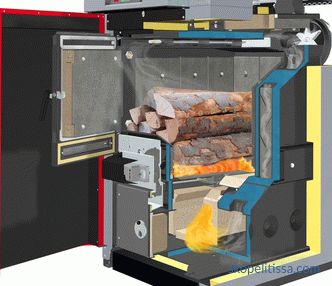
Use of fuel pellets increase the cost of a kilowatt to 1. 3-1. 4 rub. and almost compares in price when using coal, but still cheaper by 15-20% than anthracite. But there are nuances.
If the task is how to heat a house cheaply without gas, then wood-burning boilers of long burning or pyrolysis (gas generator) models best meet this condition. The only drawback - the laying of firewood passes manually and it is impossible to automate this process. Although this should be done infrequently - 1-2 times a day.
Boilers for pellets or coal are with automatic loading of fuel from the bunker. And although the bunker must also be loaded manually, it is much larger than the volume of the firebox. A conventional boiler model with a standard bunker with a capacity of 1 m3 can continuously work from three days to a week, and with an increased bunker up to 12 days (taking into account the high-quality insulation of the house and low heat losses). And when it is not possible to frequently load fuel, it is these boilers that are the most optimal option (if you do not take into account the higher prices for equipment).
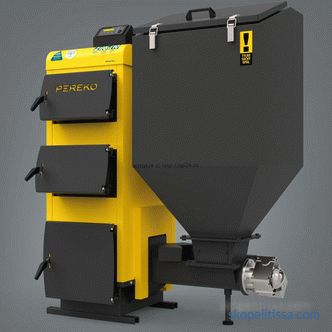
Note. There are even automatic modular coal-fired boilers with a bunker capacity of up to 14 m3, a private crusher, auger fuel supply to the furnace, and automatic removal of soot into your bunker - almost a mini-boiler for a private house. And this is a domestic development and the cost of equipment is also "domestic."
Fireplace inserts
Modern fireplace inserts, stoves, fireplaces and stoves do not differ from solid fuel boilers by the principle of operation. They also have the function of long burning and secondary afterburning. Their efficiency differs from gas-generating boilers by only 5-10%, which is at least four times higher than that of classic fireplaces with an open hearth.
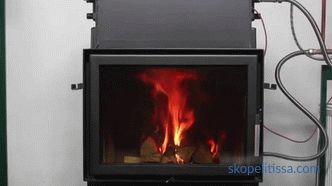
It might be interesting! In an article on The following link read about floor insulation below.
The intraspecific differences of such devices are that fireplace inserts require additional installation of a decorative portal and are used only for heating, stoves have a finished design and some models belong to the heating-cooking class (there are even models with an integrated grill) , and all ovens perform two functions - cooking and heating.
For stoves and fireplaces, there is a limited power range of maximum 25 kW. This, of course, is less than at the boilers, but they can heat a house up to 250 m2.
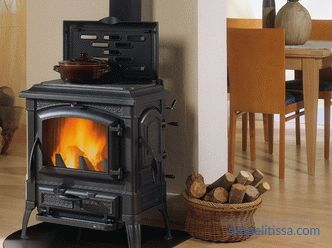
The power of the fireplace insert can reach 40 kW, which allows heat the house up to 400 m2.
Furnaces and fireplace inserts can heat a house in three ways:
-
by radiating heat in a common space with a free layout of the entire level (like a studio);
-
in a water heating system, if the firebox has a suitable heat exchanger with piping;
-
in an air heating system.
Note. Air heating is the first known system in history that appeared several thousand years earlier than water. And now it is successfully used, but only in a modern version - the use of forced supply of warm air to the neighboring rooms or to the second floor through ductwork ducts.
You can clearly see how to heat a house without gas using air heating:
Liquefied gas
By the cost of a kilowatt of energy liquefied gas ranks third.
There are different ways of its delivery and storage, but the smaller the volume, the more expensive the final price goes. Therefore, a gas-holder is necessary for a house of permanent residence, and for a small dacha, which is rarely visited during the cold season, it is possible to get along with several cylinders of 50 liters each.When using a gas-holder, the price per kilowatt of heat from the burning of liquefied gas is 2. 3-2. 5 rub. , the use of cylinders raises the bar by 50 kopecks.
Heating can also be done in different ways.
The simplest system is direct combustion of gas to produce heat without heating the intermediate heat carrier, piping from pipes and radiators. To do this, use gas convectors and infrared heaters. The principle of operation and design are different, but the common thing is the availability of equipment, compactness and operation from bottled gas. The disadvantage is the power limit and heating of only one room. For example, infrared and catalytic gas heaters from AYGAZ have a maximum power of 6. 2 kW.
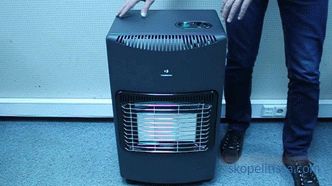
It might be interesting! In the article on the following link read about the insulation of the frame house.
The gas-holder allows you to build a complete autonomous system of water heating, and the frequency of refueling depends on the volume of the tank, the area of heating and the operating mode. For ease of operation and maintenance, the system is in second place after electric heating. But it requires a significant initial investment in the purchase of a gas-holder, its installation (usually underground) and the laying of communications (pipes for connecting to the boiler and an electrical cable for the capacity heating system).
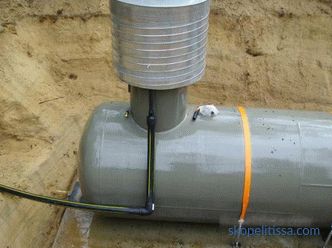
Liquid fuel
This is probably the last option that should be considered when solving a problem than to heat a house if there is no gas. The point is not even in the price of energy carriers - they can be different. The most expensive diesel fuel allows to receive thermal energy with the same cost as using liquefied gas from cylinders. The price of heat when burning fuel oil is the same as that of coal-fired boilers, and the “working off” practically compares the cost of heating to the level of natural gas. But ...
In terms of the cost of equipment, this is one of the most expensive systems using fuel. In addition, these boilers are "capricious", they require regular maintenance and the same complexity of maintenance as the fuel supply and injection systems of a diesel car. There are also disadvantages such as air pollution from the combustion products of liquid fuel, as well as a high level of noise from the operation of the fuel pump and burner.
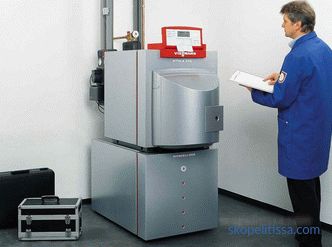
Electric boilers
Electric boilers have the highest efficiency - up to 98%. And it does not depend on the type of boiler. Heating, electrode and induction boilers differ only in the method of heating the coolant, and they have no losses from incomplete combustion of fuel - electricity is converted into heat almost completely. In principle, it would be correct to speak not about the heating system (there is no fuel and the combustion chamber), but about the heating method.
Electric boilers have no competitors in terms of the cost of equipment, simplicity of the device, completeness of automation and ease of maintenance. But the cost of a kilowatt of heat energy is the highest. Although there are "loopholes".
In addition, modern geothermal pumps can be used, which can be clearly seen in the video:
From July this year in the Moscow Region for settlements and in rural areas with electric stoves and heating devices, the single-rate tariff is 3. 53 rubles. per kWh Taking into account the efficiency of a kilowatt of thermal energy will cost 3. 6-3. 7 rub. But there are two- and three-part tariffs that allow you to save. To do this, you need to install a heat accumulator, which allows you to accumulate warm water for the heating system at night, when the tariff is 1. 46 rubles. per kWh If the house is small, and the capacity of the heat accumulator is sufficient, then the night stock (from 23-00 to 7-00) may be enough for the rest of the time or for most of it. This compares the cost of heating electricity with solid fuel boilers on coal. And much cheaper than burning liquefied gas. And the capacity for the battery is no more expensive than a gas tank or a coal bin with a screw feed system.
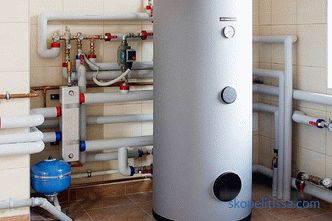
But the main drawback of heating with electricity is the poor quality of the networks and power limit.
It may be interesting! In the article on the following link read about insulation under siding.
Conclusion
There are a few more ways to drown a house if there is no gas. For example, alternative ways to heat a house without gas are solar panels and heat pumps. But the widespread use of the first option is limited by the insufficient level of insolation of our latitudes in the winter time.And for the only stable and efficient type of ground-to-water heat pump, the cost of equipment and installation is such that without state support (as in some European countries) it makes it unprofitable compared to traditional heating systems.
